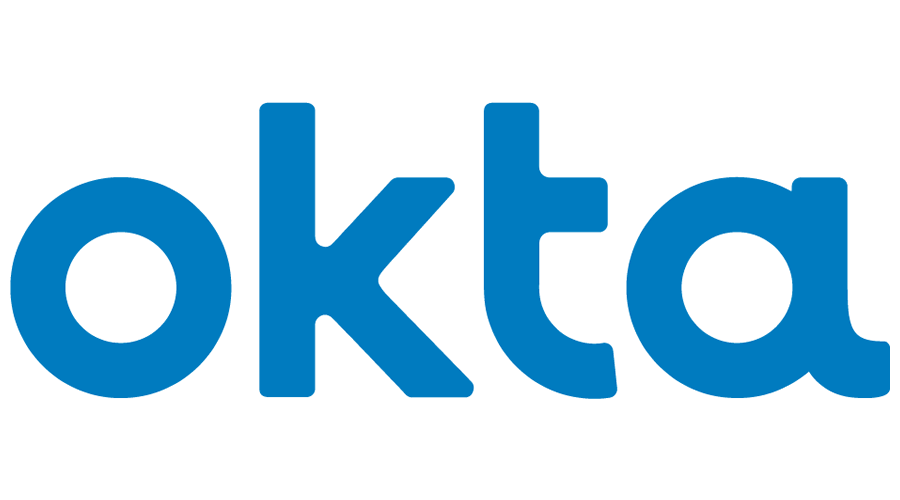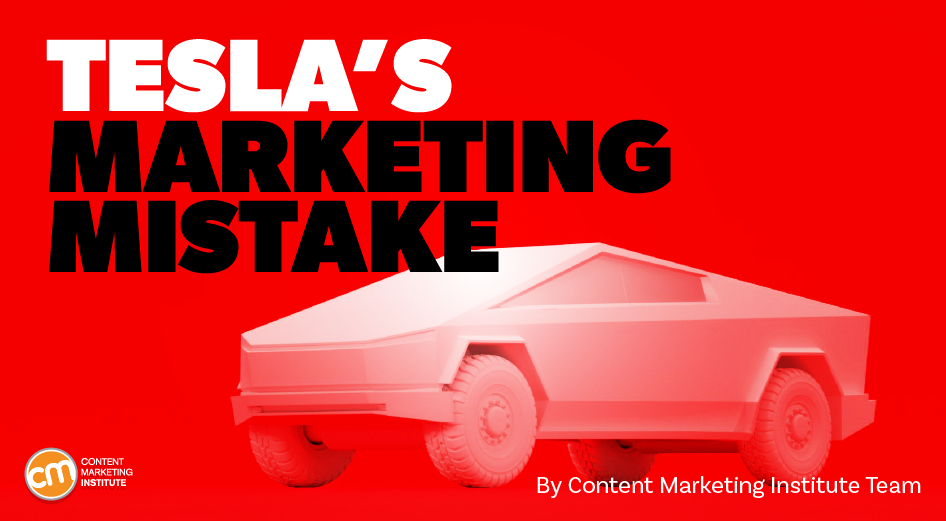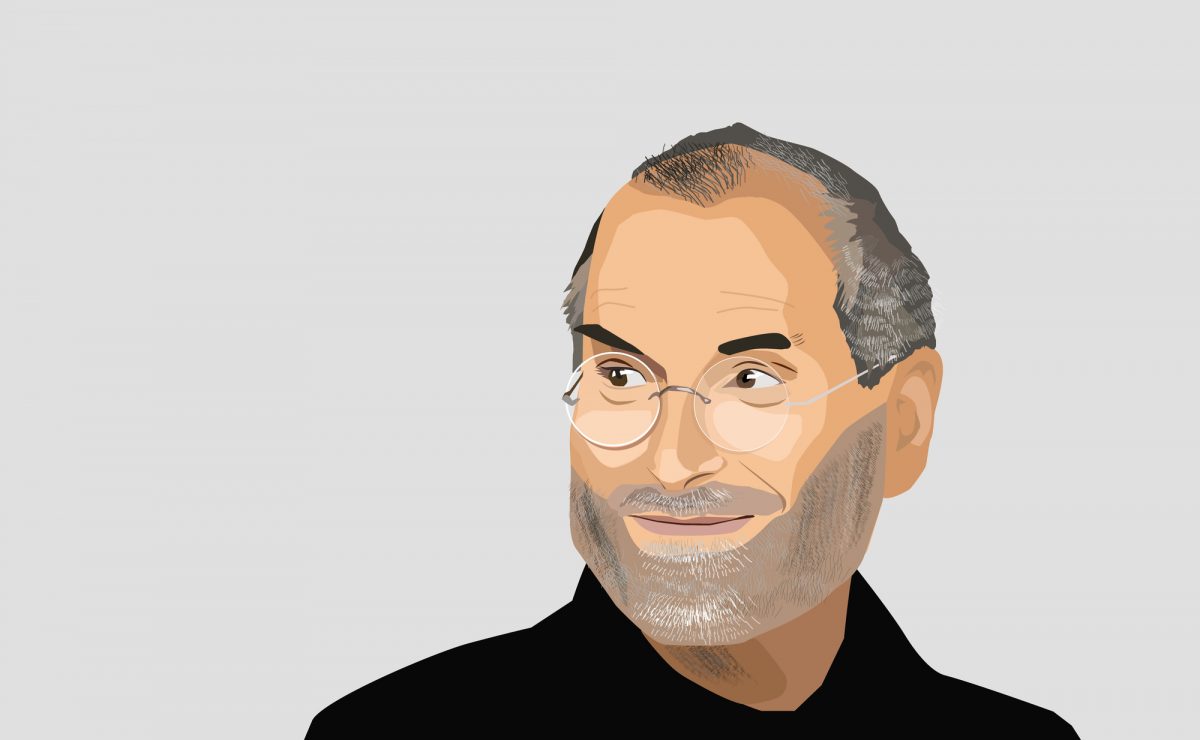In the dynamic world of business, even the mightiest corporations can falter. Factors like market volatility, increased competition, technological disruption, and internal discord can send established entities into downward spirals. However, as history has shown, companies on the brink of collapse can reverse their fortunes through strategic leadership and visionary stewardship.
This article will look at some major corporate turnarounds led by transformative CEOs. These executives, through their leadership, tenacity, and innovation, managed to pull their companies back from the precipice and pave the way for unprecedented growth. Hopefully, you will learn a few lessons from them that you can apply to your own leadership strategy.
Steve Jobs – Apple
From being fired from his own company to being one of the greatest entrepreneurs of all time. Steve Jobs helped turn around one of the most successful companies in modern history. Steve Jobs, one of the co-founders of Apple, was pushed out of the company in 1985. However, he returned to Apple in 1997 when the company was 90 days away from bankruptcy. Jobs’ legacy as one of the greatest entrepreneurs of all time began to solidify through what he did when he returned to Apple.
His first breakthrough was the iMac in 1998. This all-in-one computer showcased Apple’s design aesthetics and user-friendly interface. Then came the iPod in 2001. The iPod was a portable music player that quickly dominated the market. Apple then ventured into the online music market with the iTunes Store in 2003.
However, as we all know, the biggest game-changer was the iPhone. The device that was launched in 2007 was more than just a phone. The iPhone combined a mobile phone, iPod, and Internet communication device into one. It revolutionized the smartphone industry. Under Jobs’s leadership, Apple transitioned from a struggling computer manufacturer to a leader in consumer electronics and mobile technology. Jobs’ ability to foresee trends and understand consumer needs, along with his unflinching commitment to innovation and design, turned Apple into the trillion-dollar company it is today.
Howard Schultz – Starbucks

Photo Credit: Gage Skidmore
In 1986, after briefly working for Starbucks Coffee Company Howard Schultz opened his own coffee shop called Il Giornale. Two years later, the Starbucks management team decided to sell its retail business to Schultz. He rebranded his coffee shop to take on the Starbucks name and turned it into a multi-billion dollar company. On June 1, 2000, Schultz stepped down as CEO of Starbucks. He moved to the new position of chief global strategist to help the company expand internationally. However, he would return to his position in just 8 short years.
Schultz’s second stint as CEO began in 2008 during a time when the company was dealing with stagnating sales and profits. This slowdown was due to the rapid expansion and dilution of the brand. Schultz immediately took drastic measures to turn the company around.
One of his first acts was to close more than 900 stores. He believed these stores were underperforming and diluting the brand’s value. In an unprecedented move, Schultz also closed all U.S. Starbucks stores for a few hours to retrain baristas in the art of making espresso. On top of that, He led a mass firing of executives.
Schultz also slowed down the company’s expansion in the U.S. market while speeding up expansion overseas, particularly in Asia. From there, he introduced new initiatives. Shultz introduced the Starbucks Rewards loyalty program and mobile payments. Under Schultz’s leadership, Starbucks rebounded from its struggles and once again became a favorite among coffee lovers around the world.
Robert Iger – Walt Disney Company
Many people think that Disney is an untouchable juggernaut. However, that is not the case. After enjoying success in the 1990s the company began to slump in the early 2000s. Some blame the rise of the animated studio Pixar and Disney’s inability to produce groundbreaking animated motion pictures as the reason for the company’s struggles. Robert Iger took over as CEO of The Walt Disney Company in 2005, at a time when the company was experiencing slow growth and internal divisions. Iger quickly recognized that Disney needed to expand its content portfolio and embrace technological changes to succeed.
One of his first major decisions was the acquisition of Pixar in 2006. The very company that was outperforming Disney at the box office. This not only secured a successful partnership for Disney, but it also marked the beginning of a series of strategic acquisitions. This included Marvel Entertainment in 2009. The comic book company sold the rights to some of its most well-known characters like Spider-man, The X-Men, and The Hulk. However, Marvel found a way to make widely successful movies using lesser-known comic book heroes like Ironman and Captain America.
Iger also led the charge to acquire Lucasfilm (maker of Star Wars) in 2012, as well as 21st Century Fox in 2019. This significantly broadened Disney’s content offering.
Iger also foresaw the importance of direct-to-consumer services in the evolving media landscape. This led to the launch of the streaming service Disney+ in 2019. Disney+ quickly became a major player in the streaming market, competing with established players like Netflix.
Under Iger’s leadership, Disney experienced significant growth and successfully navigated the transition to digital media. His vision and willingness to take risks transformed Disney into a media conglomerate with a diverse portfolio of brands and content.
Lee Iacocca – Chrysler
If you’re currently the owner of a minivan, you can thank Iacocca for making the vehicle possible for the public.
Lee Iacocca joined Chrysler as CEO in 1978. He joined Chrysler after being fired from Ford Motor Company. He lost his job at Ford despite having a successful run. Iacocca was the person that spearheaded the launch of the Ford Mustang. When Iacocca took the helm at Chrysler, the company was in severe financial distress. In fact, it was on the verge of bankruptcy. The U.S. automotive industry in general was in a state of turmoil due to the 1970s oil crisis. Customers began favoring smaller and more fuel-efficient cars. They no longer wanted the large models that Detroit was known for. Chrysler was particularly affected.
Iacocca’s first action was to secure a loan guarantee from the U.S. government. He convinced Congress to approve a loan guarantee of $1.5 billion. It was a very risky and controversial move at the time. Iacocca also renegotiated contracts with labor unions and persuaded suppliers and dealers to accept delayed payments. He also personally took a pay cut down to $1 a year. He wanted to demonstrate his commitment to reviving the company.
Simultaneously, Iacocca knew that the only long-term solution was to produce cars that consumers wanted. He focused on developing fuel-efficient cars that would compete with imports.
But the real game-changer was the minivan. Launched in 1983, the Dodge Caravan and Plymouth Voyager were unlike anything else on the market. The minivan was a huge success. The launch of it created an entirely new market segment that competitors rushed to get into.
Chrysler returned to profitability within a few years and government loan guarantees were paid off seven years early! Iacocca became known as one of the greatest CEOs of all time.
Peter Cuneo – Marvel Entertainment
Speaking of Marvel, they had their troubles before their breakthrough in 2008. When Peter Cuneo took over as CEO of Marvel Entertainment in 1999, the company had just emerged from bankruptcy. He immediately began to leverage Marvel’s rich portfolio of characters, licensing them for use in movies made by other studios.
This strategy provided the company with a steady stream of income without the risk of film production. In 2005, Marvel decided to produce its own films. It began with releasing Iron Man in 2008. The movie also marked a “comeback performance” by Robert Downy Jr. The move eventually led to the creation of the Marvel Cinematic Universe. Cuneo’s leadership and strategic decisions are credited for Marvel’s turnaround from bankruptcy to a major force in entertainment.
Paul O’Neill
When Paul O’Neill took over as CEO of Alcoa, the Aluminum Company of America, in 1987, the company was in a state of decline. Aluminum prices were falling, the company’s profits were dropping, and morale was low. However, O’Neill saw potential and took a unique approach to turn the company around.
Instead of focusing on profitability or efficiency, O’Neill made workplace safety his number one priority. He believed that safety practices were keystone habits that would ultimately usher in better work practices across the company. This came as a shock to the company’s stakeholders. They expected a strategic business focus. Yet, O’Neill believed that by improving safety, Alcoa could become more efficient and profitable.
By focusing on safety, O’Neill was indirectly addressing issues of quality and efficiency. To prevent accidents, equipment had to be in good working order. Also, procedures had to be correctly implemented and employees had to be well-trained and attentive to their work. This culture of safety led to improvements across all areas of Alcoa’s operations.
Under O’Neill’s leadership, Alcoa’s safety record became one of the best in the industry. As safety improved, so too did efficiency and quality. All of this led to significant increases in profitability as Alcoa’s market value grew by $27 billion.
Doug Conant – Campbell Soup Company
Many people don’t value employee morale within their company. However, Doug Conant proved that by turning around the morale of the company, a CEO creates the potential to turn around the entire business. When Doug Conant took over Campbell Soup Company in 2001, the company was struggling with declining sales and low employee morale. Conant made a point of focusing on both the company’s operational efficiency and its employees.
He created what he called The Campbell Promise. This was stated simply as “Campbell valuing people. People valuing Campbell.” The focus on people worked. He also implemented a leadership model that involved meeting with employees at all levels of the company. This personal touch helped to boost morale and productivity.
He also emphasized research and development. This emphasis resulted in several new product lines. It also led to improvements to existing ones. These changes led to increased market share, improved financial performance, and a much more positive corporate culture.
Mary Barra – General Motors

Mary Barra became CEO of General Motors in 2014, during a period of serious safety concerns and recalls. She took responsibility for the issues, launched an internal investigation, and pushed for changes to prevent future problems. Barra focused on improving the company’s culture, promoting transparency and customer safety.
Additionally, she has made strategic decisions to invest in electric and autonomous vehicles, shifting GM’s future direction. Under her leadership, GM has made significant strides in rebuilding its image and transforming its business model to stay relevant in a rapidly changing auto industry.
Photos: Under CC
Also read:
10 Successful CEOs That Did Not Get A College Degree
10 Companies that Failed Due to Poor Management
Ralph is the Managing Editor at StartUp Mindset. The StartUp Mindset team consists of dedicated individuals and is designed to help new, seasoned, and aspiring entrepreneurs succeed.
One last step! Check your email to confirm your subscription and to get your free ebook! Thank you!
Article Tags:
Company Culture · featured · Find Your Way · Grow your business · Leadership · Success
Article Categories:
Entrepreneurial Lifestyle · Find Your Way · Grow Your Business · Leading Your Team · Your Mindset











